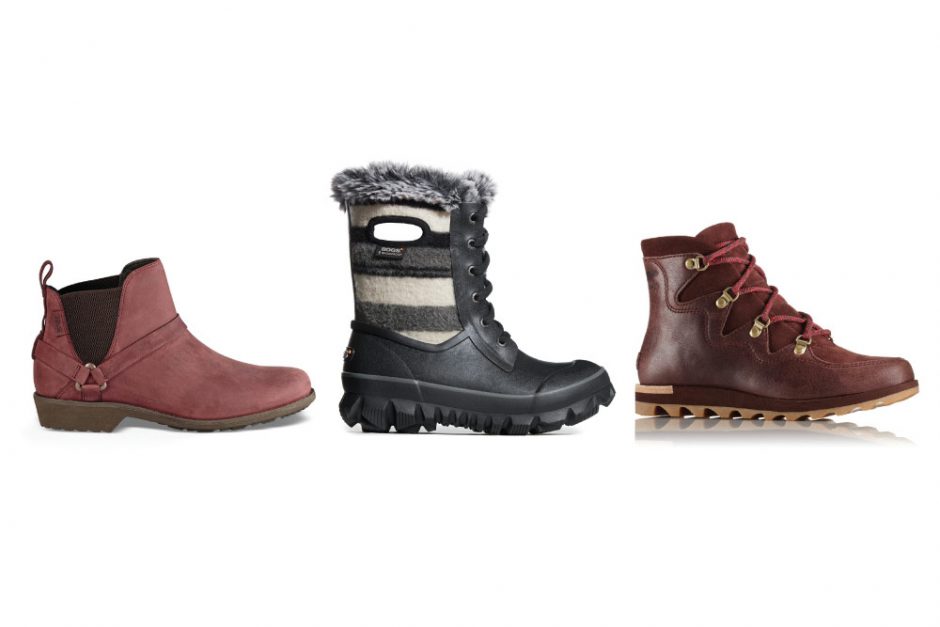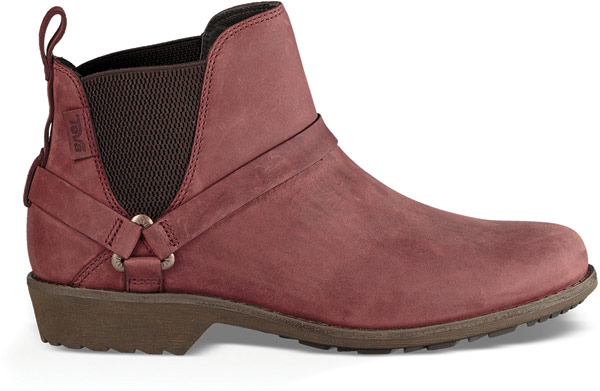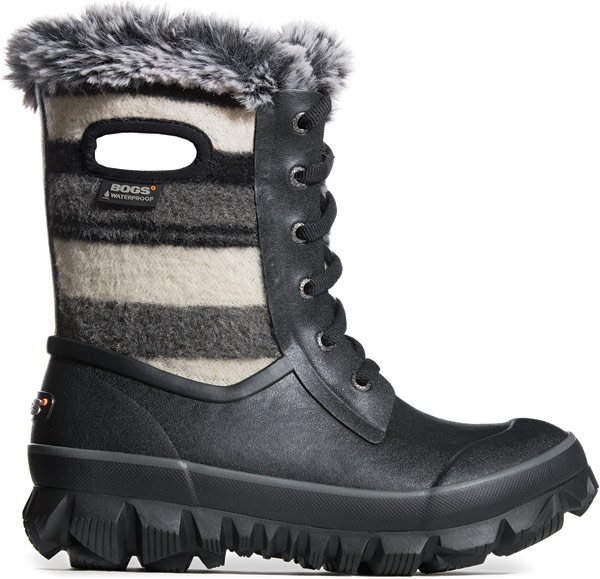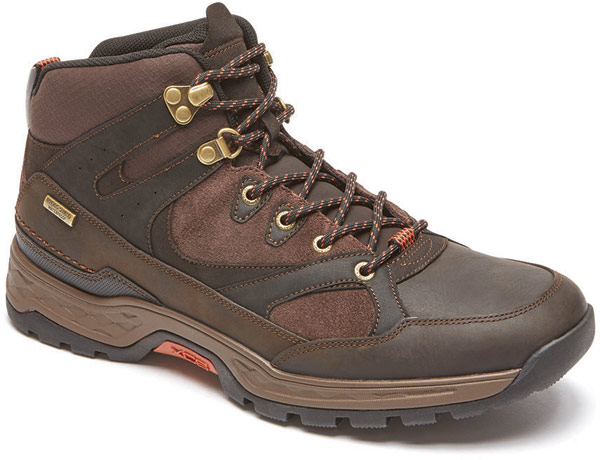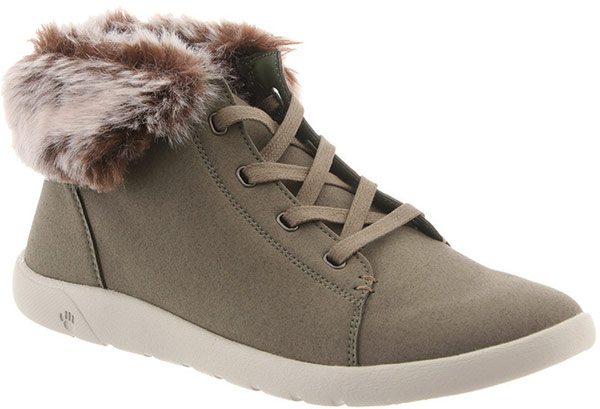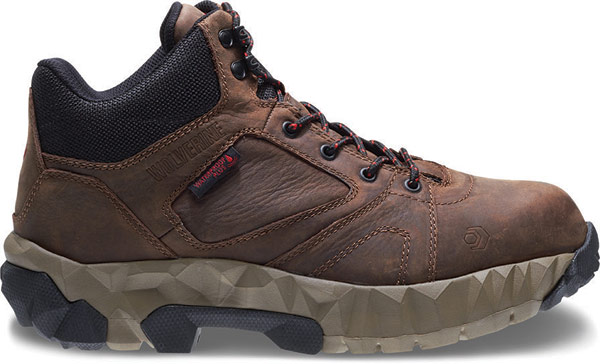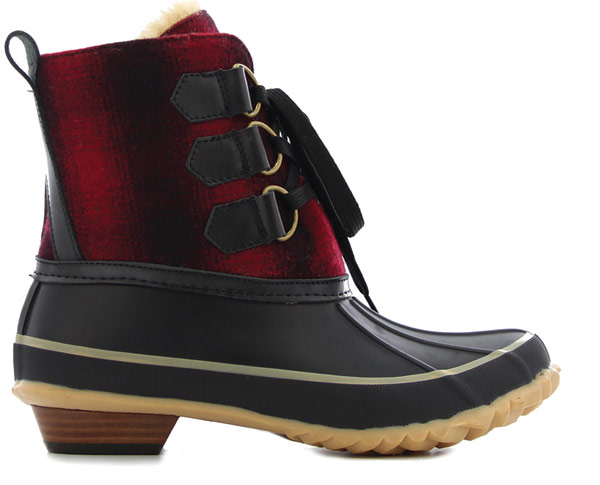It’s time to put your money where Millennials are. According to a report by the Outdoor Industry Association, the generation (currently between the ages of 19 and 35) is expected to have more purchasing power than any other consumer segment this year and will outnumber the next target demographic by 22 million people. What’s more, in the not-too-distant future (2020), annual U.S. spending by Millennials is projected to hit $1.4 trillion, representing 30 percent of total retail sales. Yes, the prospect of the outdoor business depends heavily on capturing the hearts and minds of “Generation Next,” thus the reason why many brands are broadening their focus from the Ole Faithful outdoorsman to reach this (allegedly finicky) younger demographic as well.
Fortunately, heritage and authenticity are brand traits that play well among Millennials and Baby Boomers. The current retro Alpine hiker trend, for example, is just one instance where classic styling is appealing to a broad age range. For Fall ’17, the story extends to subdued autumn-inspired colorways and patterns, clean-cut silhouettes and several remakes of classic styles.
“Fall prints have become subtler by nature,” says Kelly Santos, vice president of product for Bogs, advising buyers to be wary of bold prints. “Whether its triangles or simple plaid, keeping things uncomplicated is key,” she adds.
Hy Rosario, director of product for Teva, affirms that the authentic retro trend resonates with Millennials. “In working with trend companies, their research shows that if product is built with the right nostalgia factor, Millennials will love it,” he says, adding it extends beyond the outdoor industry to Hollywood capitalizing on superhero movies and Coca-Cola reintroducing Surge for a limited time. “Brands are effectively elevating emotional experiences from childhood and bringing them back in a meaningful way to Millennials and beyond. The classic Alpine look has the same emotional connotation.”
Outdoor brands have picked up on the signals. By and large, brands are anchoring their fall collections in what got many of them here in the first place: heritage products and classic styling. Indeed, nostalgia appears to be the new black. “I think this stems partially from society just being insecure about what is real in this new digital world we’re living,” says Carrie Hill, senior design manager for Wolverine. “When a brand starts building a line around real vintage ads and archival styles, they hold something very special and unique, which is attractive.”
Jim Walsh, senior director of innovation/active for Rockport, labels Millennials, in particular, as nostalgia-loving even if they are relatively young to really look all that far back. “Social media calls it ‘early-onset nostalgia’ as information overload has compressed their sense of time,” he explains. “They cope with this information overload by reminiscing about the comforts of the past, so old is new again.” He adds, “Brands that are authentic are relatable to the ‘always on’ generation.”
Jacob Haddad, senior manager of business planning and product at Vasque, adds that Millennials’ mighty integration of social media has been particularly beneficial to the outdoor industry. Instagram is the most impactful platform, serving as a massive outdoor travel guide. “Epic landscapes and hidden swimming holes are no longer for insiders only,” Haddad offers. “Today’s youth has this information at their fingertips, making them more inspired and inclined to be part of the community.”
Heritage is Haute
Not surprisingly, brands that already possess a rich heritage are positioned well to capture this consumer sentiment. Greg Duffy, senior performance footwear director for Timberland, believes heritage is something that can’t be bought or made new; it’s only something a brand can earn over time. For example, he notes how the 65-year-old outdoor brand is able to leverage its rich heritage through its leathers. “We are one of the world’s largest purveyors of leather,” he says. “We have a lot of expertise on how to craft it into beautiful footwear.” By taking a multi-tiered approach to hiking, Timberland continues to improve upon such authentic Alpine roots for Fall ’17 with its re-issued classic, the 1978 Hiker. “Our construction techniques are a little bit better, but we didn’t reimagine the whole boot,” explains Duffy, noting how the aesthetic was kept almost identical but with the incorporation of better, sleeker performance technology. “We now know how to better gusset tongues and reduce excessive leather,” he says.
Another brand delving into the archives is Rockport. While known for introducing innovative comfort technologies in walking shoes for more than 40 years, the reintroduction of its XCS rugged boots collection this fall is “firmly rooted in heritage and authenticity,” according to Walsh. “We dove into the Rockport archives to update our classic styles with modern comfort technology components and materials,” he says, noting that the fresh, lightweight outsole construction and mixed leather textures on the uppers elevate the classic alpine look into a more contemporary utilitarian silhouette.
In a balance of classic aesthetics and new materials, Merrell infuses its rich Vermont heritage with the launch of the Eagle AC+ and Solo AC+ collections. Revolutionary in its time, Merrell mixed athletic materials and flexibility into hiking boots in the late 1980s with the Eagle and Solo. For Fall ’17, the brand is reintroducing these classic silhouettes using modern “sew-up” uppers, full-front comfort features, cushion and flexbility, while still respecting its heritage with the classic design. “We protect and cherish the products our consumer cherishes every day, but also are not afraid to listen to consumers and move our key drivers forward as materials/processes help improve experiences,” says Martin Mellish, vice president of active lifestyle product. “Our product is not meant for glass cabinet status, we are not building collectors’ items. Our heritage is built on experiences and living an amazing outdoor lifestyle.”
Sorel is also blending authentic style and functionality, reaching back into its 50-plus years of archives for design cues. Marion Minary, product line manager, singles out its Joan of Arctic Wedge Mid, Dacie Lace and Caribootie styles as highlights of the fall collection. “A strong sense of heritage helps to maintain consumer trust in the brand,” she says. “Our customers know these values are represented in our boots—whether it’s an elegant wedge or a rugged snow boot—and this is one reason they continue to come back to us.” Sorel is also introducing a new hiker-inspired boot, Sneakchic Alpine. Minary assures the flat, ankle-height silhouette will speak to customers’ desires for variety in both heel and upper height. “The premium leather-and-suede upper and gold hardware matched with a tough lug outsole exemplify Sorel’s unique intersection of protection and style,” she says.
Sean Beers, president of Portland Product Werks, licensee of Woolrich Footwear, is also focusing heavily on the brand’s roots (known as “the original outdoor clothing company”) for fall. The difference this time, however, is such styles will be categorized as outdoor and comfort as opposed to fashion. “They all feature performance elements that enable them to exist for reasons other than their pure design aesthetic,” he explains. The new styles will feature traction outsoles, waterproof materials and constructions, athletic fit and natural linings rather than just a trendy look. For example, Woolrich’s Fully Wooly cold-weather boot wraps the foot in real wool—offering an authentic insulation story as a point of difference to competitors that typically rely on synthetic technologies.
Teva is also tapping into its rich history—one that dates back to the ’80s and white-water rafting—as a badge of authenticity for consumers. The Fall ’17 casual collection builds on the success of heritage favorites with updated design iterations. The popular Arrowood collection and De La Vina and Foxy boot styles are examples. Arrowood features FloatLite, a durable outsole that provides “feather-light comfort in every step,” according to Rosario. “Our consumer is looking for product that is versatile and does not compromise style,” he says, adding, “Our Arrowood boots are on-trend yet functional for the consumer seeking multi-purpose footwear.”
Founded in Denmark in 1963, Ecco is debuting a heritage campaign for fall, dubbed “Ecco DNA.” A highlight is the update of its Track II rugged casual style in celebration of its 25th anniversary. It includes contemporary executions, the original versions and a limited-edition package featuring full leather Yak uppers. Lastly, a women’s version of the Track II will be in the offering. Felix Zahn, product director for Ecco Americas, believes the Track II is in step with the current consumer mindset. “In times of global political instability and economic turmoil, a lot of people seek stability,” he says. “Plus, our society is changing at a faster pace than ever, so products that have a connection to the past can give a feeling of safety and create the impression that we can slow things down a bit.”
Behind the Seams
For some brands, upgrading fit and comfort of archival styles is just part of the story. In the case of Bearpaw and its new faux fur capsule collection, it’s driven by ethical concerns as well. “We understand that people are more conscious about ethical issues relating to fur and even sheepskin,” says Denise LeMons, senior designer. And while LeMons believes that Bearpaw’s authenticity still comes from its use of sheepskin, the detailed faux fur accents on the vamps, collars and shafts also lend a more unique and handcrafted appeal.
Along those lines, Emu Australia has collaborated with aboriginal artists to create an exclusive range of product featuring traditional artwork. The brand will also introduce a unique line featuring kangaroo and emu leathers. These styles talk to the brand’s pillars of “innovative” and “natural” but also have that point of difference consumers are seeking, says Sue Meehan, global director of brand and e-commerce. “Authenticity drives the purchasing decisions of Millennials, and that’s a big market to tap into,” she says, adding, “The vast majority of young professionals don’t look to buy from big businesses who are making large profits; instead they place greater value on what brands say and the genuine quality of their products and services.” Meehan adds, “Millennials are digital natives. They’ll see straight through brands who aren’t being authentic.”
Rob Moehring, chairman of Washington Shoe Company and makers of Chooka and Western Chief, agrees that no matter how trends evolve, staying grounded in well-made product that lasts is the key to remaining relevant in today’s marketplace. “Just because I believe we have a great product doesn’t mean I think we can rest on our laurels, especially because brand loyalty isn’t the same for younger people as maybe it once was with older generations,” he explains. “To remain relevant and competitive, a brand has to actively stay immersed in the culture and ultimately tell its customer it is adaptable and committed to fulfilling what they’re looking for.”

